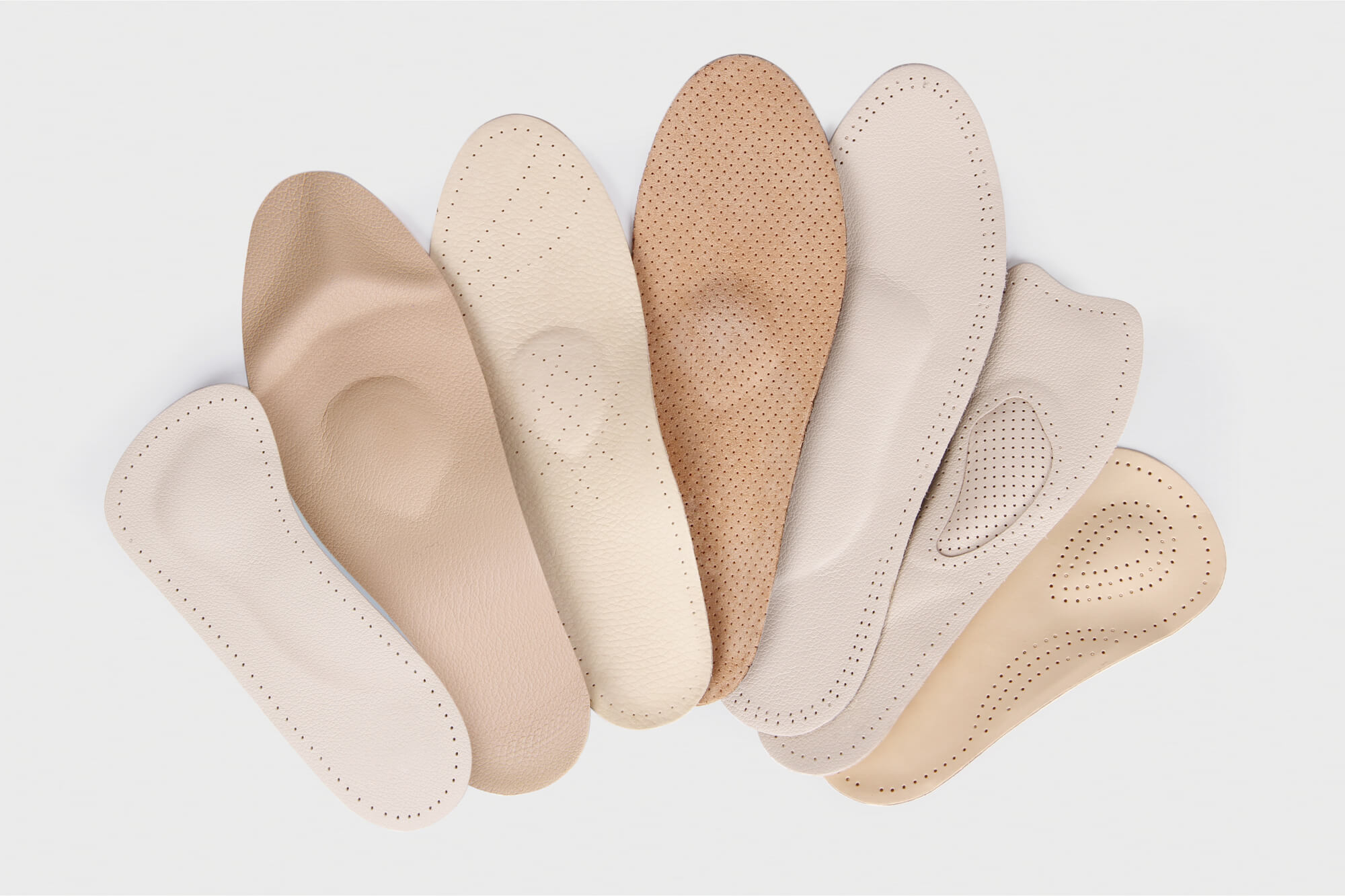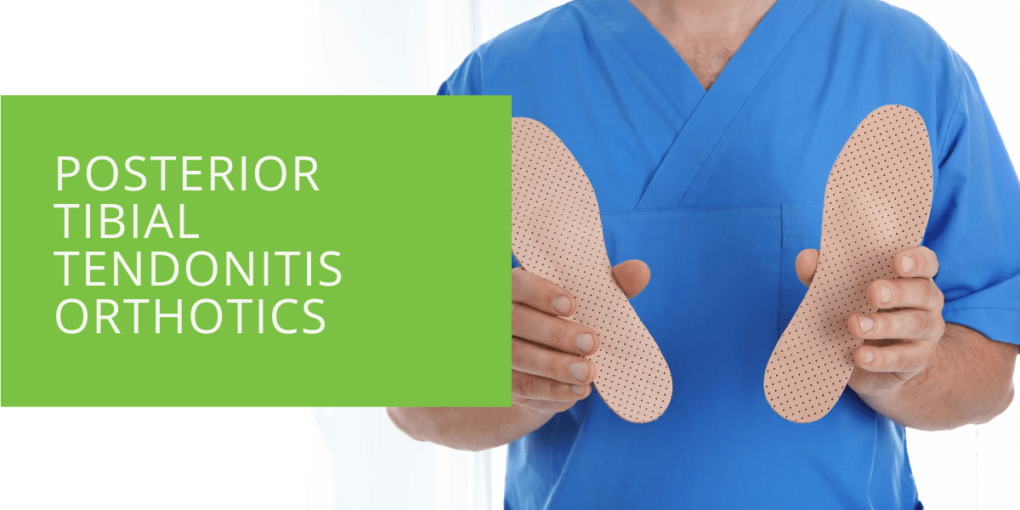Posterior Tibial Tendonitis Orthotics
Living with posterior tibial tendonitis can be challenging, leading to pain and discomfort in the foot and ankle. Fortunately, orthotics can play a crucial role in managing this condition. In this article, we will explore the benefits of orthotics in addressing posterior tibial tendon dysfunction (PTTD) and provide valuable insights on finding relief and support through custom orthotic insoles.
Understanding Posterior Tibial Tendonitis
Posterior tibial tendonitis, or PTTD, is characterized by inflammation or damage to the posterior tibial tendon, which runs along the inside of the ankle and foot. This tendon is vital in supporting the arch and stabilizing the foot. When the tendon becomes inflamed or weakened, it can lead to pain, swelling, and a collapsing arch, resulting in flat feet.
The Role of Orthotics in Managing PTTD
Orthotics, specifically insoles, can provide significant support and relief for individuals with PTTD. These custom-made devices are designed to address the specific foot mechanics and correct alignment issues contributing to PTTD. By providing proper arch support, controlling excessive pronation, and reducing stress on the posterior tibial tendon, orthotic insoles help alleviate pain and improve foot function.
How Orthotic Insoles Help with PTTD
Orthotic insoles offer several benefits in managing PTTD:
Arch Support
One of the primary functions of orthotics is to provide arch support. By supporting the arch, the insoles help redistribute pressure throughout the foot, reducing strain on the posterior tibial tendon and preventing further damage. This support promotes proper foot alignment and helps alleviate pain caused by PTTD.
Correct Foot Alignment
Orthotic insoles assist in correcting foot alignment abnormalities associated with PTTD. By positioning the foot in a more optimal biomechanical position, they help restore the natural alignment of the foot and ankle, reducing stress on the posterior tibial tendon and providing pain relief.
Control Excessive Pronation
Excessive pronation, or the inward rolling of the foot during walking or running, is common in individuals with PTTD. Orthotic insoles can help control this excessive motion by providing a firm, supportive structure that limits pronation. Stabilizing the foot prevents the posterior tibial tendon from overstretching and experiencing additional strain.
Reduce Stress on the Posterior Tibial Tendon
Orthotic insoles are designed to offload and reduce stress on the posterior tibial tendon. Providing cushioning and shock absorption, they help minimize the impact forces on the tendon during walking or running, thereby reducing pain and inflammation.

Custom Orthotics for PTTD
When managing PTTD, custom orthotics are often the preferred choice. These insoles are individually designed based on a comprehensive foot and ankle evaluation. By considering factors such as foot structure, gait analysis, and the severity of symptoms, a podiatrist or healthcare professional can create custom orthotics that address the individual's unique needs.
Finding the Right Orthotics for PTTD
Selecting the appropriate orthotic insoles for PTTD requires careful consideration. Here are some factors to keep in mind:
Foot Type and Severity of Symptoms
Different foot types and levels of PTTD severity may require specific types of orthotic support. For instance, individuals with flexible flat feet may benefit from arch support with a deep heel cup, while those with rigid flat feet may require a more customized approach. Consult a podiatrist to determine the most suitable orthotic for your condition.
Professional Evaluation
A professional evaluation is crucial for identifying the specific foot mechanics contributing to PTTD. A podiatrist will assess your foot alignment, gait, and other relevant factors to recommend the most appropriate orthotic insoles. This personalized approach ensures that the orthotics effectively address your individual needs.
Proper Fitting
Ensuring a proper fit is essential for the effectiveness of orthotic insoles. Ill-fitting orthotics can lead to discomfort or worsen existing symptoms. Work closely with a podiatrist or healthcare professional to ensure your custom orthotics fit snugly and comfortably within your footwear, providing the necessary support and pain relief.
Pain Relief and Improved Foot Function
By providing the right support and alignment, orthotic insoles offer significant pain relief and improved foot function for individuals with PTTD. Proper arch support, correct foot alignment, and controlled pronation reduce strain on the posterior tibial tendon, promote healing, and restore mobility.
Conclusion
Incorporating orthotic insoles into your PTTD treatment plan can significantly improve your quality of life by alleviating pain, promoting proper foot alignment, and supporting healing. You can receive a comprehensive evaluation and obtain custom orthotics tailored to your unique foot mechanics and PTTD condition by consulting with a podiatrist or healthcare professional. Don't let PTTD hold you back—take the first step towards relief and support with orthotic insoles.
Everyone's situation is unique, so it is essential to consult with a healthcare professional for an accurate diagnosis and personalized treatment plan. They can provide expert advice and guidance on the most appropriate orthotic options for your needs. With the right orthotic support, you can find relief from pain and experience improved foot function, allowing you to regain mobility and enjoy your daily activities with greater comfort and confidence.
Key Takeaways
- Orthotic insoles provide crucial support and relief for individuals with posterior tibial tendon dysfunction (PTTD), alleviating pain and improving foot function.
- Custom orthotics are highly recommended for PTTD as they are tailored to address specific foot mechanics and provide optimal support.
- Proper fitting, professional evaluation and personalized orthotic selection are essential for maximizing the benefits of orthotic insoles in managing PTTD.
FAQ
Do orthotics work for posterior tibial tendonitis?
Orthotics can be highly effective in managing posterior tibial tendonitis. By providing arch support, correcting foot alignment, and reducing stress on the affected tendon, orthotics help alleviate pain and promote healing.
How do podiatrists treat posterior tibial tendonitis?
Podiatrists employ a comprehensive approach to treat posterior tibial tendonitis. Treatment may include a combination of orthotics, physical therapy, stretching exercises, medication, and, in severe cases, surgery. Orthotics play a significant role in supporting and addressing the underlying biomechanical issues contributing to the condition.

